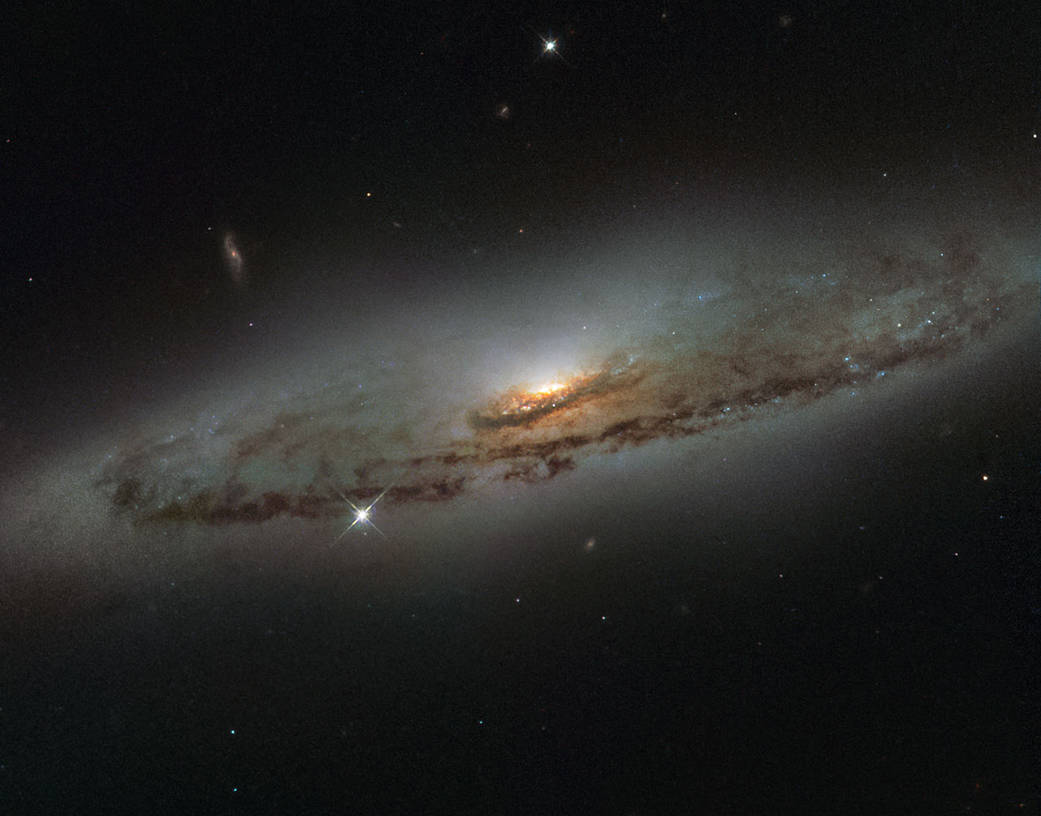 [div class=attrib]From Discover:[end-div]
[div class=attrib]From Discover:[end-div]
Black holes are finally winning some respect. After long regarding them as agents of destruction or dismissing them as mere by-products of galaxies and stars, scientists are recalibrating their thinking. Now it seems that black holes debuted in a constructive role and appeared unexpectedly soon after the Big Bang. “Several years ago, nobody imagined that there were such monsters in the early universe,” says Penn State astrophysicist Yuexing Li. “Now we see that black holes were essential in creating the universe’s modern structure.”
Black holes, tortured regions of space where the pull of gravity is so intense that not even light can escape, did not always have such a high profile. They were once thought to be very rare; in fact, Albert Einstein did not believe they existed at all. Over the past several decades, though, astronomers have realized that black holes are not so unusual after all: Supermassive ones, millions or billions of times as hefty as the sun, seem to reside at the center of most, if not all, galaxies. Still, many people were shocked in 2003 when a detailed sky survey found that giant black holes were already common nearly 13 billion years ago, when the universe was less than a billion years old. Since then, researchers have been trying to figure out where these primordial holes came from and how they influenced the cosmic events that followed.
In August, researchers at the Kavli Institute for Particle Astrophysics and Cosmology at Stanford University ran a supercomputer simulation of the early universe and provided a tantalizing glimpse into the lives of the first black holes. The story began 200 million years after the Big Bang, when the universe’s first stars formed. These beasts, about 100 times the mass of the sun, were so large and energetic that they burned all their hydrogen fuel in just a few million years. With no more energy from hydrogen fusion to counteract the enormous inward pull of their gravity, the stars collapsed until all of their mass was compressed into a point of infinite density.
The first-generation black holes were puny compared with the monsters we see at the centers of galaxies today. They grew only slowly at first—adding just 1 percent to their bulk in the next 200 million years—because the hyperactive stars that spawned them had blasted away most of the nearby gas that they could have devoured. Nevertheless, those modest-size black holes left a big mark by performing a form of stellar birth control: Radiation from the trickle of material falling into the holes heated surrounding clouds of gas to about 5,000 degrees Fahrenheit, so hot that the gas could no longer easily coalesce. “You couldn’t really form stars in that stuff,” says Marcelo Alvarez, lead author of the Kavli study.
[div class=attrib]More from theSource here.[end-div]
[div class=attrib]Image courtesy of KIPAC/SLAC/M.Alvarez, T. Able, and J. Wise.[end-div]


 [div class=attrib]From Discover:[end-div]
[div class=attrib]From Discover:[end-div]